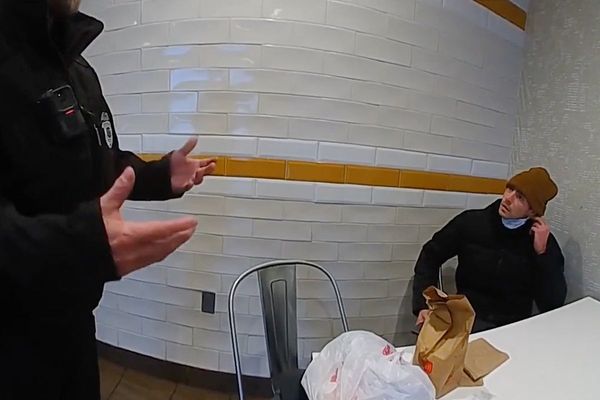
One of the most powerful things about short films and animation – especially student films – is their ability to surprise you. They often don’t have the budget of big productions, but what they lack in resources, they make up for in raw creativity, clever storytelling and sheer ambition. Trash, a graduation film from the talented team at ESMA, is a perfect example of that.
I first encountered Trash through Shelley Page, a longtime champion of emerging animation talent. Shelley has worked some of the most best animated movies of the 80s and 90s, including Who Framed Roger Rabbit Each, Shrek and How to Train Your Dragon. Each year, Shelley sits on juries at the world's top schools, waiting – hoping – for a film that truly makes her say, 'Wow'. And this past year, during the ESMA graduation screenings in Montpellier, that moment arrived.
"The name of the film was Trash," Shelley recalls, "and the moment I saw it I knew this one was extra-special!"
Borrow from live-action cinema to inform composition, lighting and pacingTreat setting as a character, using environment and design to support themeTrusting mood over polish, where stylisation and texture convey more than realismSubverting narrative expectations, showing that even bleak stories can reveal empathyCraft with intent: where every decision works toward a unified, emotional experience
So what makes a student film stand out so dramatically? In the case of Trash, it’s not about heartwarming characters or feel-good comedy. Quite the opposite. The film is set in a grimy alley where a rat and a pigeon wage a desperate battle over a stale slice of pizza.
Their chaos unfolds in a vertical chase that scales the walls and windows of a neglected urban backstreet. They're watched by a homeless man – Röno – who, despite being nearly invisible to society, offers the only act of empathy in the entire film.
Below Shelley shares her insights and reflects on this standout short. If you're inspired, read our guide to the best animation software and find more advice in our Procreate Dreams tutorial.

01. Compelling storytelling
What makes Trash so compelling is the way it leans into narrative restraint while delivering a powerful emotional punch. The characters don't speak, but the themes are loud and clear: survival, ego and the remnants of humanity in a dehumanised world.
The pigeon, once used to a higher perspective, is dragged into the filth of the alley by the rat, a creature entirely shaped by its hostile environment. A third figure – Röno, a homeless man – becomes the film’s quiet moral centre. At the end, his unexpected act of kindness is what “elevates the ending of this story and completes the film.”
This kind of subtle but effective character arc shows real maturity. The team built their story around a central metaphor – how overconsumption and abundance can strip away empathy. “The film packs quite a visceral punch,” Shelley says. “But it redeems the subjects by the moment of empathy and connection… the ending is uplifting – which is a very effective twist on an otherwise dark story.”
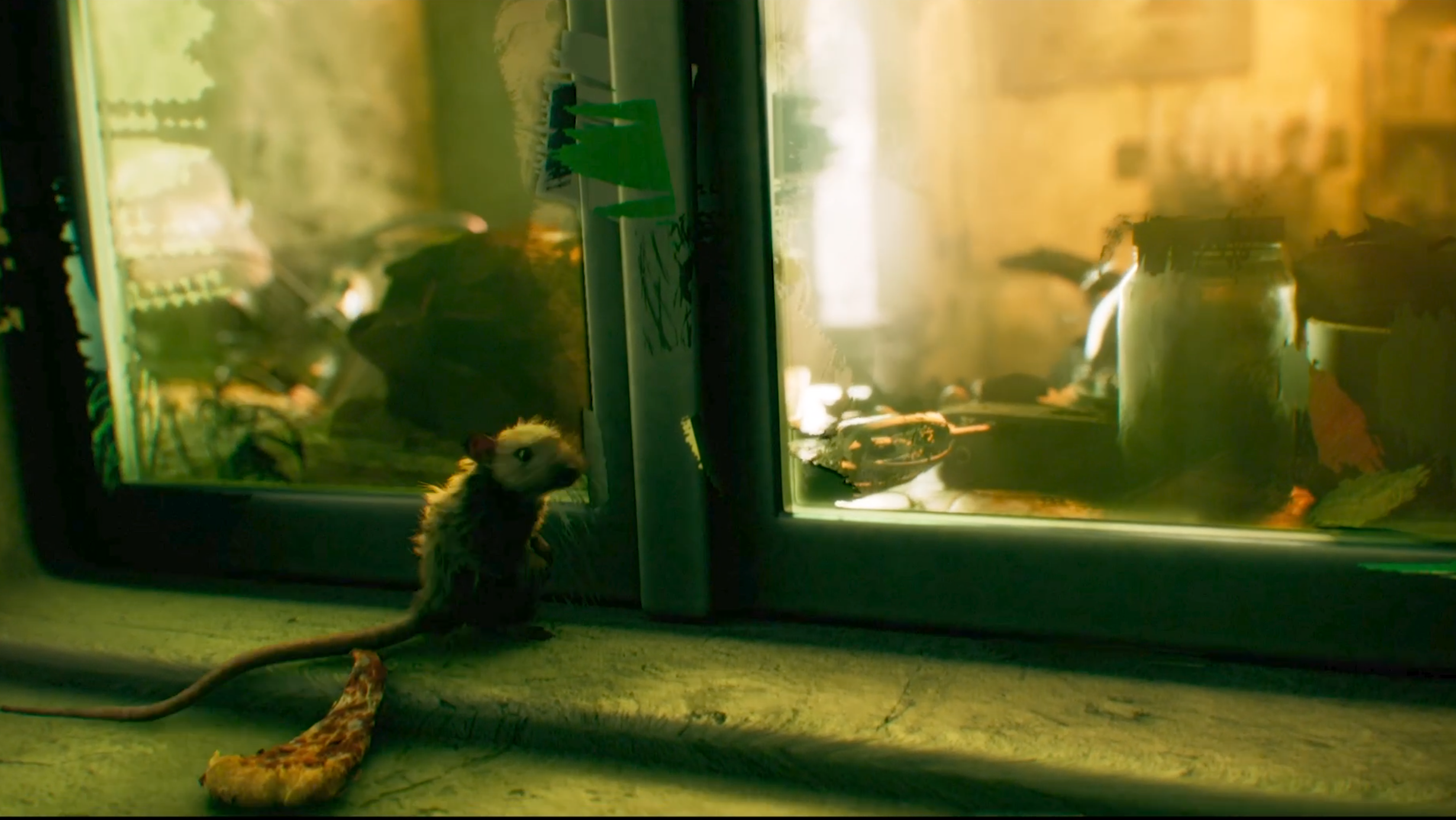
02. Arresting visual style
One of the things I find most exciting in student work is a strong, unified visual style – and Trash is full of that: “It is not a ‘pretty’ film,” says Shelley. “The setting is a seedy back alley… but what makes this film a standout is the skill of the makers – the use of stylised textures, motion-blur effects, theatrical lighting, excellent cinematography and sound.”
The team was heavily inspired by theatrical staging, taking cues from filmmakers like Ari Aster and artists like Bozo Balov. They wanted the characters to feel embedded in the environment – almost merging with it – while keeping them in full body for much of the film to heighten the theatricality.
The world feels hauntingly coherent and the use of long shots, dollhouse-like framing and careful lighting design gives the whole film a sense of oppressive elegance.
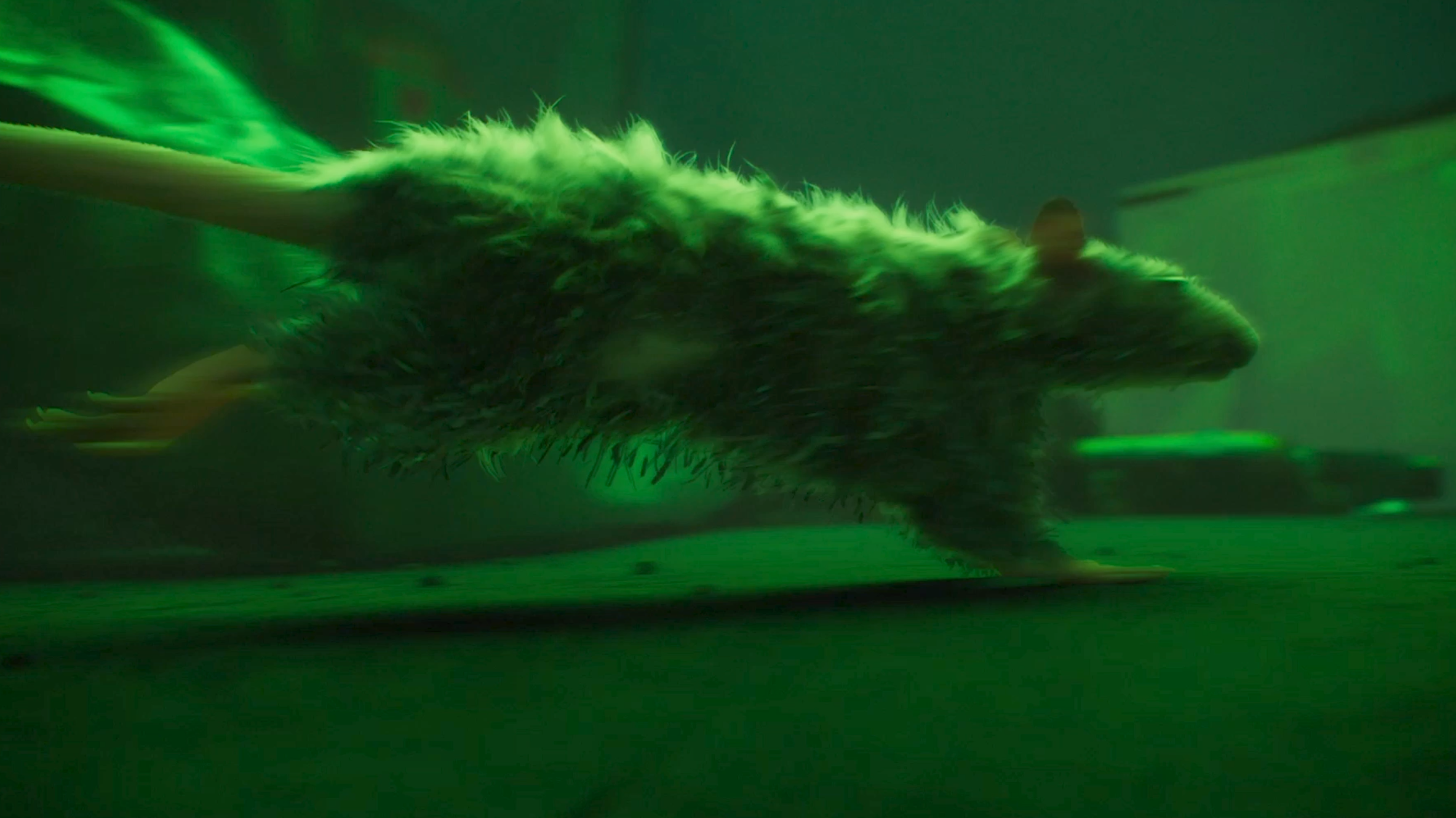
03. Great animation
Animating physical conflict across a multi-level urban set is no small feat, but the team at ESMA rose to the challenge. They carefully choreographed camera movement inspired by live-action films like Athena and L'effondrement, creating complex long takes that enhance immersion without sacrificing clarity.
Their characters move with energy and specificity. The use of motion blur, rotoscoped elements and quick transitions helps sell the sense of urgency without becoming overwhelming. “They did a lot of research into live-action film techniques – which has really paid off by adding great depth and resonance to each shot and sequence,” says Shelley.
Even in the most chaotic scenes, there’s precision. This level of technical finesse, combined with their artistic direction, adds a cinematic weight to the action that few student films manage to achieve.

4. A strong sense of ambiance
Atmosphere is where Trash truly shines. Every inch of the alley feels alive with narrative potential – from flickering signs and damp bricks to posters peeling off forgotten walls. As the chase continues, the environment darkens with it, visually echoing the descent of the characters. The lighting moves from warm natural light to cold, green-tinted artificial tones – a transition directly inspired by Delicatessen and Seven.
Trash creates its own world: “It creates an unsettling atmosphere that works so much better than a photo-real technique could,” Shelley says. “You feel like you’re taking a peek somewhere you’re not supposed to. That unease is intentional – and brilliantly executed.”
The set isn’t just a backdrop – it’s an active participant in the story. The filmmakers even described the alley as a “sinkhole” that swallows the characters. That kind of environmental storytelling is what sets professional-level work apart.
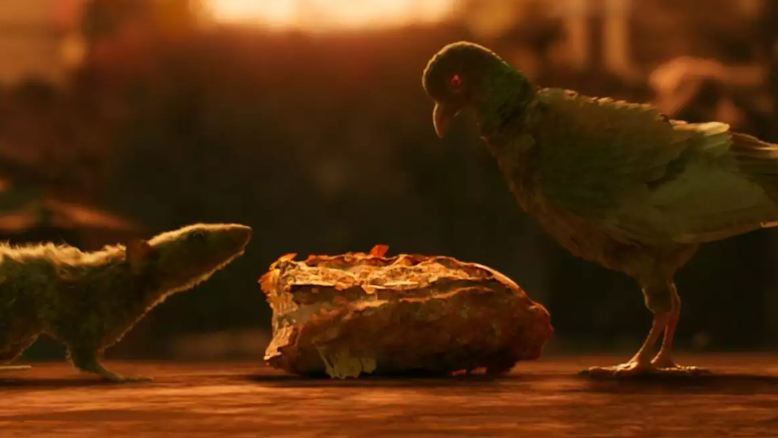
When a student film is this cohesive, this bold and this well executed, it’s impossible not to take notice. As soon as Shelley saw Trash, it shot to the top of her “Best of the year” list – and she has since screened it as the highlight of her Eye Candy Show.
For those looking to make festival-worthy films, Trash is a reminder that it’s not just technical skill that stands out – it’s the creative conviction behind every choice. “An exceptional new short film has the ability to make all the others you have seen recently fade from memory,” Shelley tells me. “Trash does that – and more.”
With its bold vision and emotional depth, ESMA’s team has crafted a short that’s not only winning awards, but may well be on its way to the Oscars.
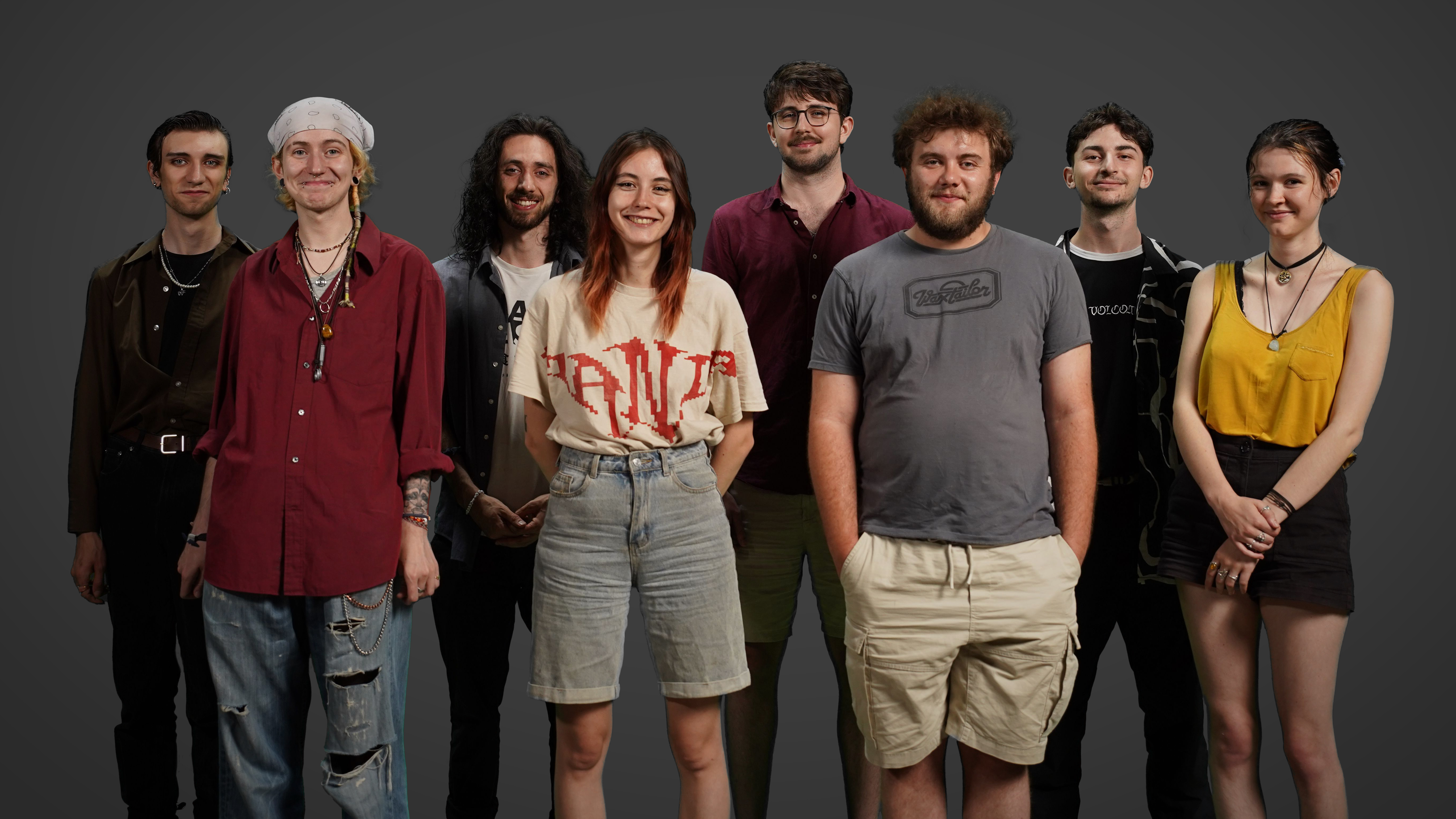
The film recently won Best Animated Short at the Cinequest festival – an Oscar-qualifying event – and the team at ESMA hopes it might go even further. Visit ESMA for more information.


